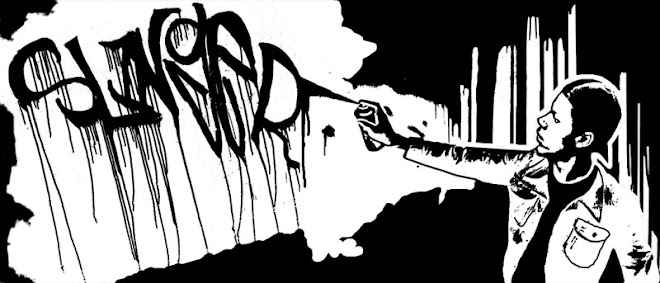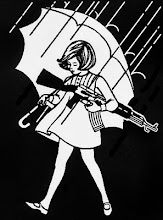
Hirst: 'I have always thought that art is worth what the next guy is prepared to pay'
Art's too expensive, says Hirst (worth £200m)
By Arifa Akbar, Art Correspondent
Monday, 17 November 2008
Damien Hirst has become the nation's biggest art export, transforming the global market with multimillion-pound works and earning his place as one of the world's most expensive living artists at auction. But now, just months after the success of a ground-breaking sale at Sotheby's that brought him nearly £100m, Hirst has described the art market as over-priced, and welcomed the prospect of selling his work at cheaper rates in the present climate of recession.
Hirst admitted that art had probably become too expensive in recent years. Referring to his unsold painting of four skulls that was tipped to fetch $3m (£2.02m) at auction in New York last week, he said the work, Beautiful Artemis Thor Neptune Odin Delusional Sapphic Inspirational Hypnosis Painting,
 which found no takers, "was over-priced" and added: "It was bought from me less than a year ago at half the price. In a way it's good. We are looking at more realistic prices. People who bought things are not going to sell them that day. That is what an artist wants, for people to hang the works on their wall. As an artist, you don't stop making art because people are not buying it".
which found no takers, "was over-priced" and added: "It was bought from me less than a year ago at half the price. In a way it's good. We are looking at more realistic prices. People who bought things are not going to sell them that day. That is what an artist wants, for people to hang the works on their wall. As an artist, you don't stop making art because people are not buying it".The 43-year-old artist, who has a personal fortune estimated at £200m, added: "I think it's quite good [adjustment in art market prices] because it became unreal ... You start to think you are touched by God. I have always thought that art is worth what the next guy is prepared to pay.”
The man described by some as the father of Britart, became the most expensive living artist at auction in 2007 for selling his pill sculpture, Lullaby Spring for £9.65m, but yesterday appeared to accept the bumper years were over, at least temporarily. "Buyers are more selective and more speculative. Four years ago, you could buy something for £50,000. If we went back to that, it's not such a problem. What goes up must come down. It's like when John Lennon went to get his long hair cut and someone asked him, 'Why are you cutting it? He said, 'What else can you do after you have grown it long?'"
Hirst, who has a reputation for being commercially astute, said his future work was likely to be priced according to market forces. "If I want to sell new work, I'll price it lower. If people have got less money, you can either just shut your door and say, 'Screw everybody', or I can wait until everyone can afford my work or price it cheaper." Speaking for the first time since the Sotheby's sale in September – which involved going direct to buyers, rather than through a gallery – he said he had been terrified that it would be a disaster. It coincided with the economic crash and the fall of Lehman Brothers.
"I woke up that morning and I saw the papers had called it Black Monday," he said. "I was shitting myself. I thought maybe they wouldn't sell anything. People were looking at me, and I thought I was going to be slaughtered. I didn't know what was going to happen with banks collapsing."
He said he felt fortunate after his pioneering Sotheby's sale. "It was lucky timing," he said. The artist, whose large-scale sculpture of a unicorn in formaldehyde, called The Dream, sold for £4.1m at Sotheby's, has made a darker sculptural version of a unicorn called The Dream is Dead, cast in solid silver and selling at Pangolin London gallery today for a mere £500,000.
He also spoke of his desire to create more works in gold, following The Golden Calf, a bull in formaldehyde with 18-carat gold hooves and horns which he created for the Sotheby's sale.
source: The Independent UK


2 comments:
haha...i get it..
at least pipes are underpriced!!
VERY interesting!!!
Thanks for sharing!
Post a Comment